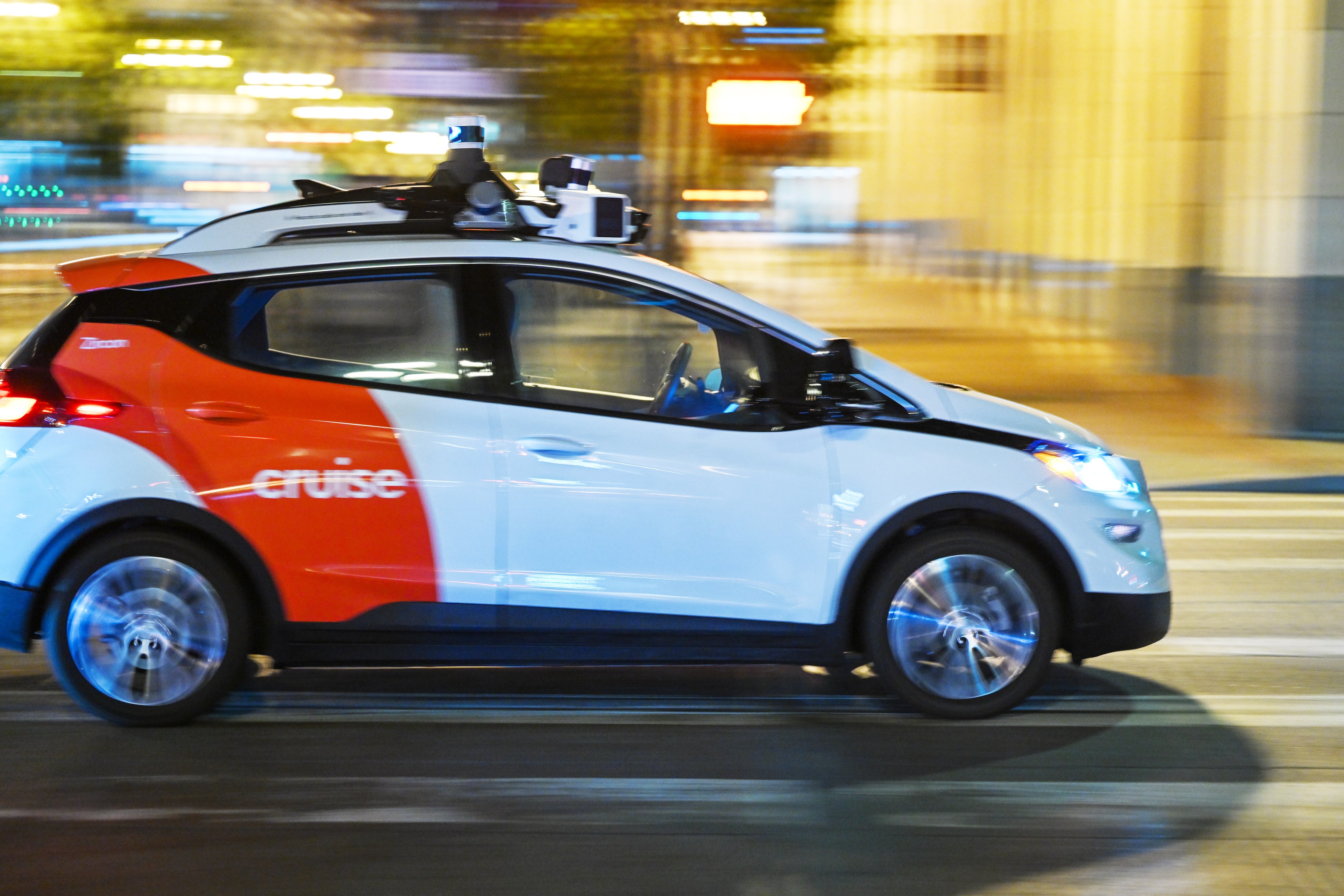Cruise’s announcement Thursday that it would cut around a quarter of its staff came at the tail-end of months of chaos and what a laid-off employee characterized as an internal lack of transparency at the company that helped sow distrust internally.
The sacking of around 900 employees is the latest blow to the General Motors-owned company still reeling from the impact of an Oct. 2 incident in San Francisco, where a Cruise vehicle struck and dragged a woman nearly 20 feet after she was first hit by a human-driven vehicle.
Regulators have accused the General Motors-owned company of hiding video of the accident and are potentially levying $1.5 million in fines against Cruise.
According to a regulatory filing with state employment officials, Cruise laid off a total of 535 employees across the state, including 371 positions located in San Francisco. The majority of these—228 jobs—were centered at the company’s SoMa headquarters at 333 Brannan St., with 120 positions cut at Cruise’s 1201 Bryant St. office and 23 jobs at its servicing center at 640 Cesar Chavez St.
A further 43 jobs were cut at the company’s Sunnyvale office and 18 jobs at its South San Francisco warehouse location. The remainder—98 positions—were remote employees based in California.
These positions spanned departments including software development, marketing, recruiting, accounting and operations.
Many rank-and-file employees were blindsided by much of the news that came out of the dragging incident and the reports about the company hiding the footage, according to the employee, who asked to remain anonymous because of fears of retaliation.
The scale of the mass layoffs also came as a surprise. The laid-off employee said there were only mentions of “small operational drawdowns” among temporary workers who were not getting their contracts renewed or staff to support operations in markets where Cruise has paused deployment.
“The 24% or so was a surprise in terms of the numbers that we saw coming out,” the laid-off employee said. The employee said they realized they were among the positions affected when Slack access was shut off Thursday morning.
After information shared during all-staff meetings by company leadership, including then-CEO Kyle Vogt, was leaked to the media, the employee said executives became much less transparent in company-wide meetings, breeding more mistrust in recent weeks.
General Motors, which announced it would be cutting spending on the self-driving car company by “hundreds of millions of dollars,” has been in the process of clearing out much of Cruise’s leadership.
Vogt resigned as CEO last month, which was soon followed by the departure of his Cruise co-founder Daniel Kan. Earlier this week, Cruise announced that nine top executives were being fired amid a probe into the company’s safety practices, including its chief operating officer and chief legal officer.
“It felt like we were not being told the full story when folks left, especially when Dan and Kyle left,” the former employee said.
Also among the cuts, according to Bloomberg, was Prashanthi Raman, Cruise’s vice president of government affairs. Raman was featured in a promotional video last year where she rode around San Francisco in a Cruise robotaxi alongside former Mayor Willie Brown.
Now leading the company is General Motors General Counsel Craig Glidden, who is serving as co-president with Cruise Chief Technology Officer Mo Elshenawy.
Elshenawy was listed as the author of the memo informing staff of the layoffs, which offered details about severance, benefits and career support. Laid-off Cruise employees are being offered at least 16 weeks of pay after their departures.
In the note, Elshenawy said the company is drastically scaling back its expansion plans, pausing work on its Origin shuttle and slowing down its road map to “focus on delivering the improvements to our tech and vehicle performance that will build trust in our AVs.”
Previously, the company planned to expand to 12 new cities next year. That has been pared back to relaunching its robotaxis in a single, yet-to-be-determined market.
